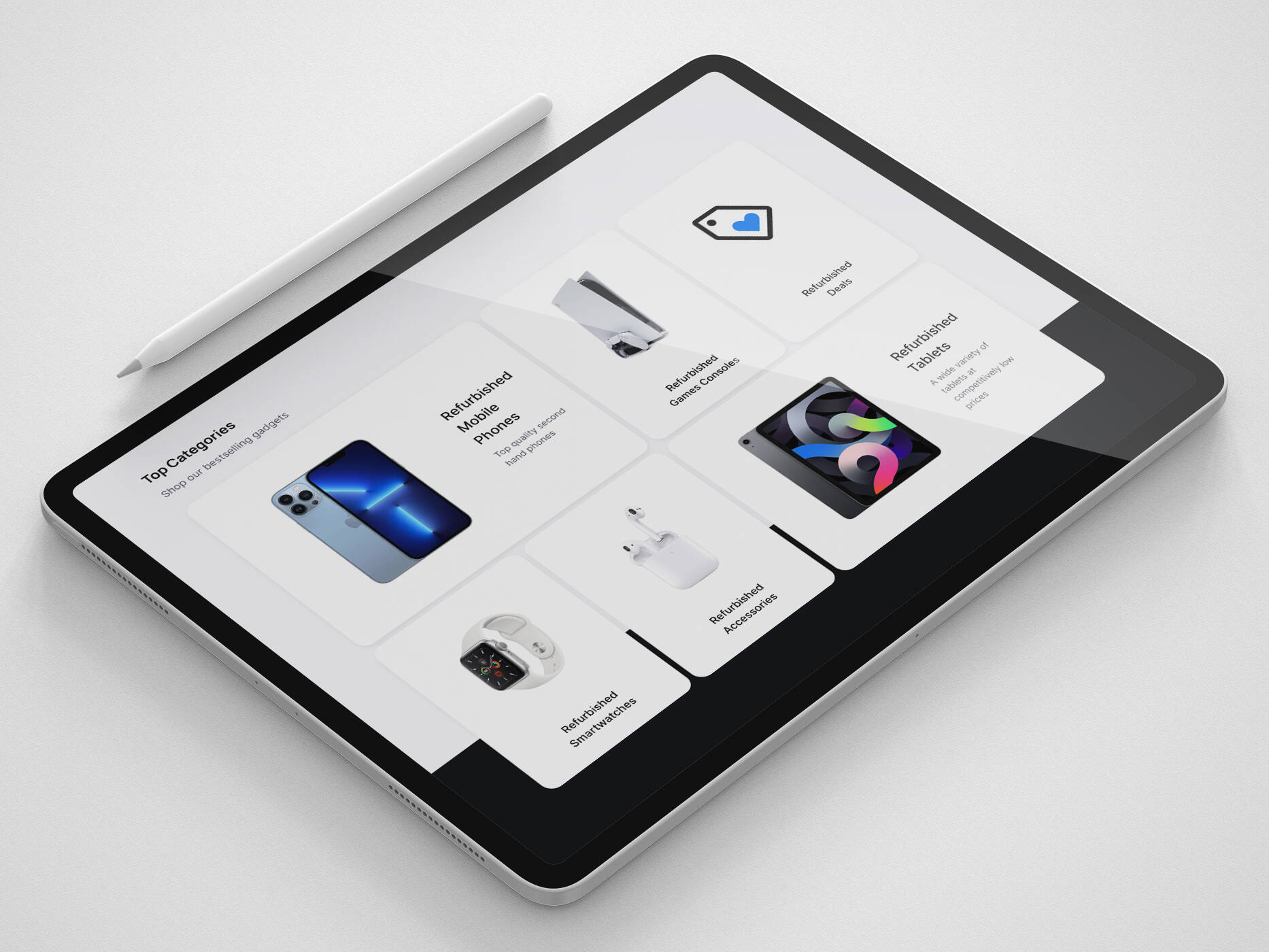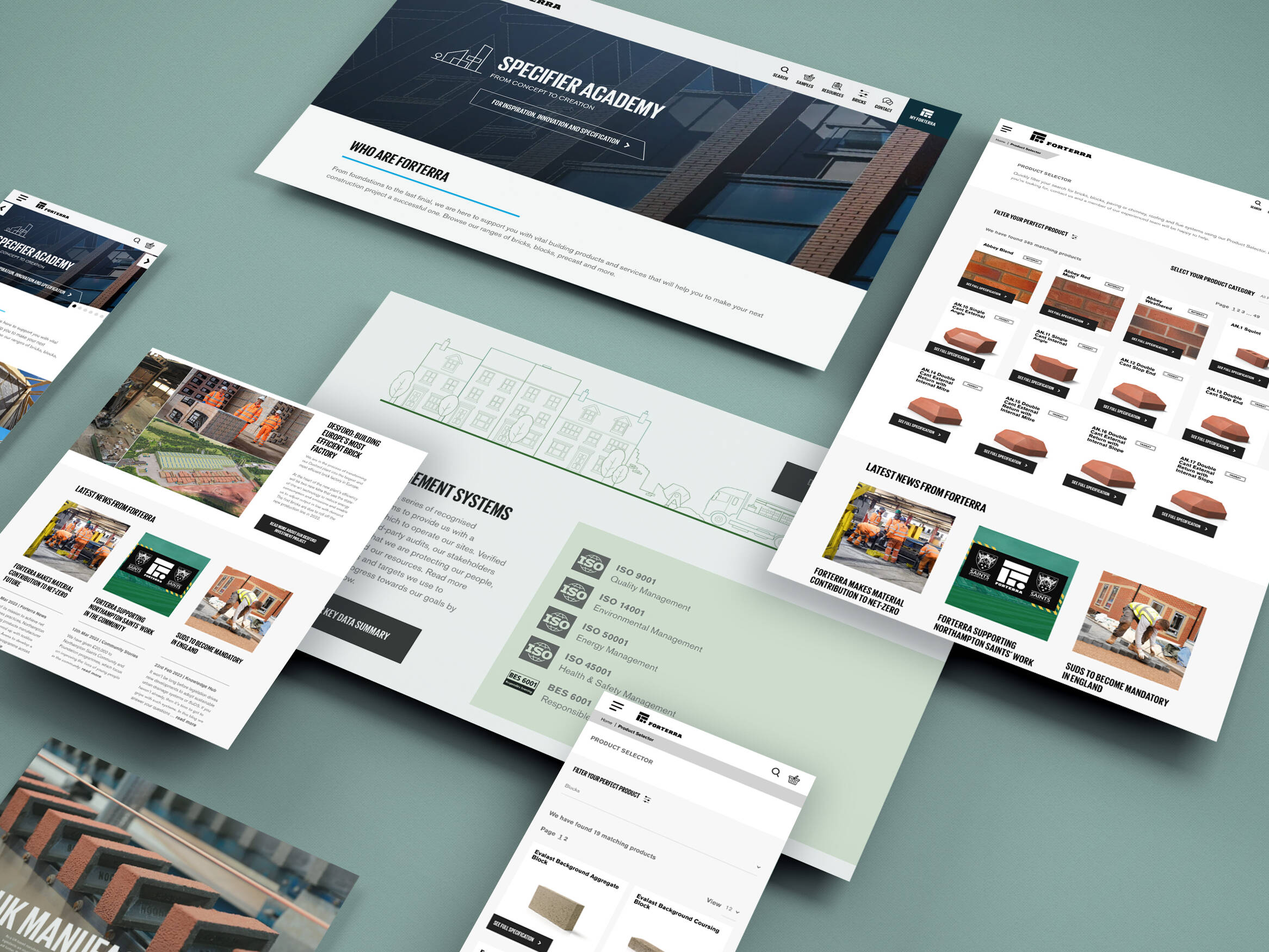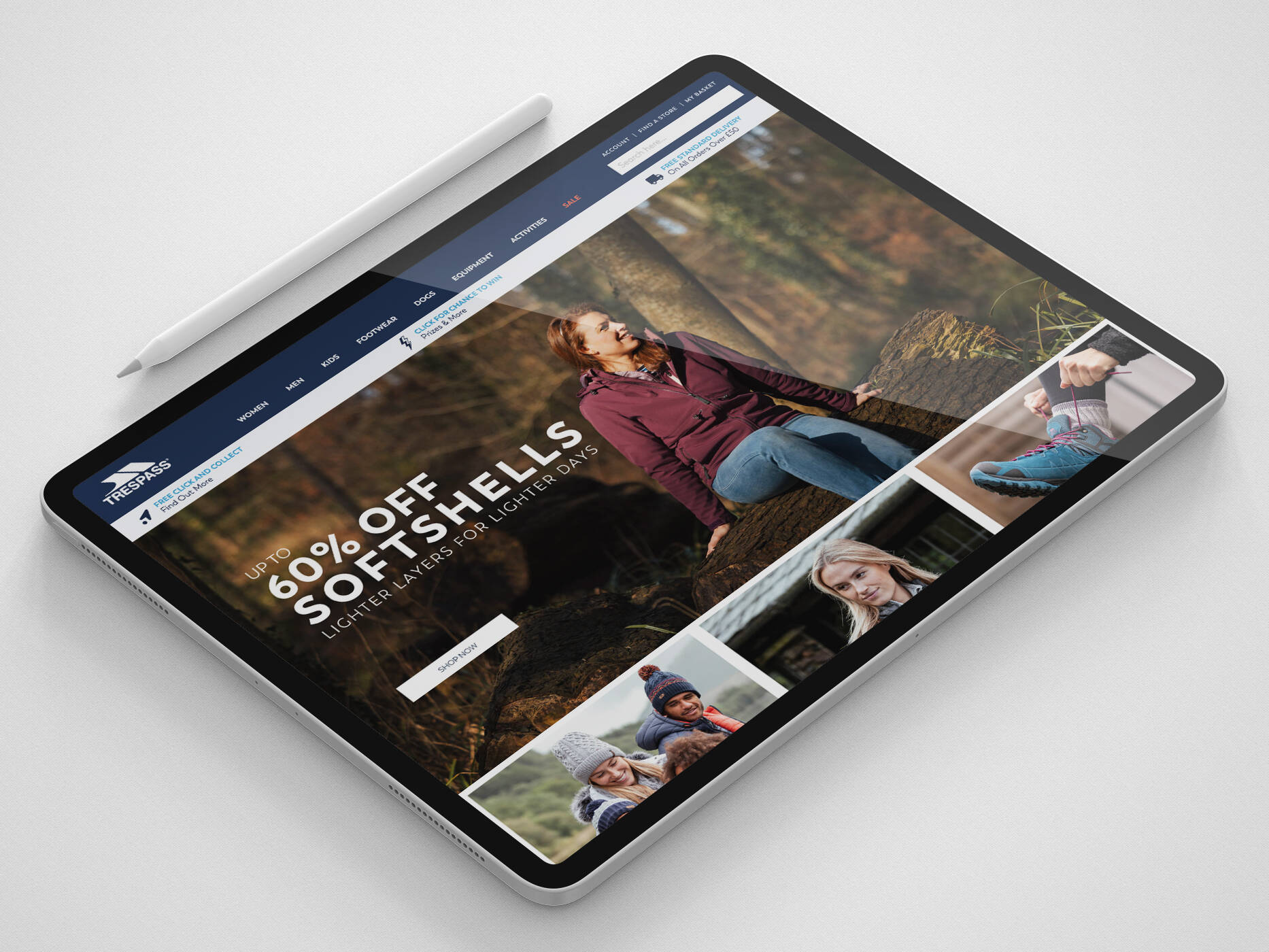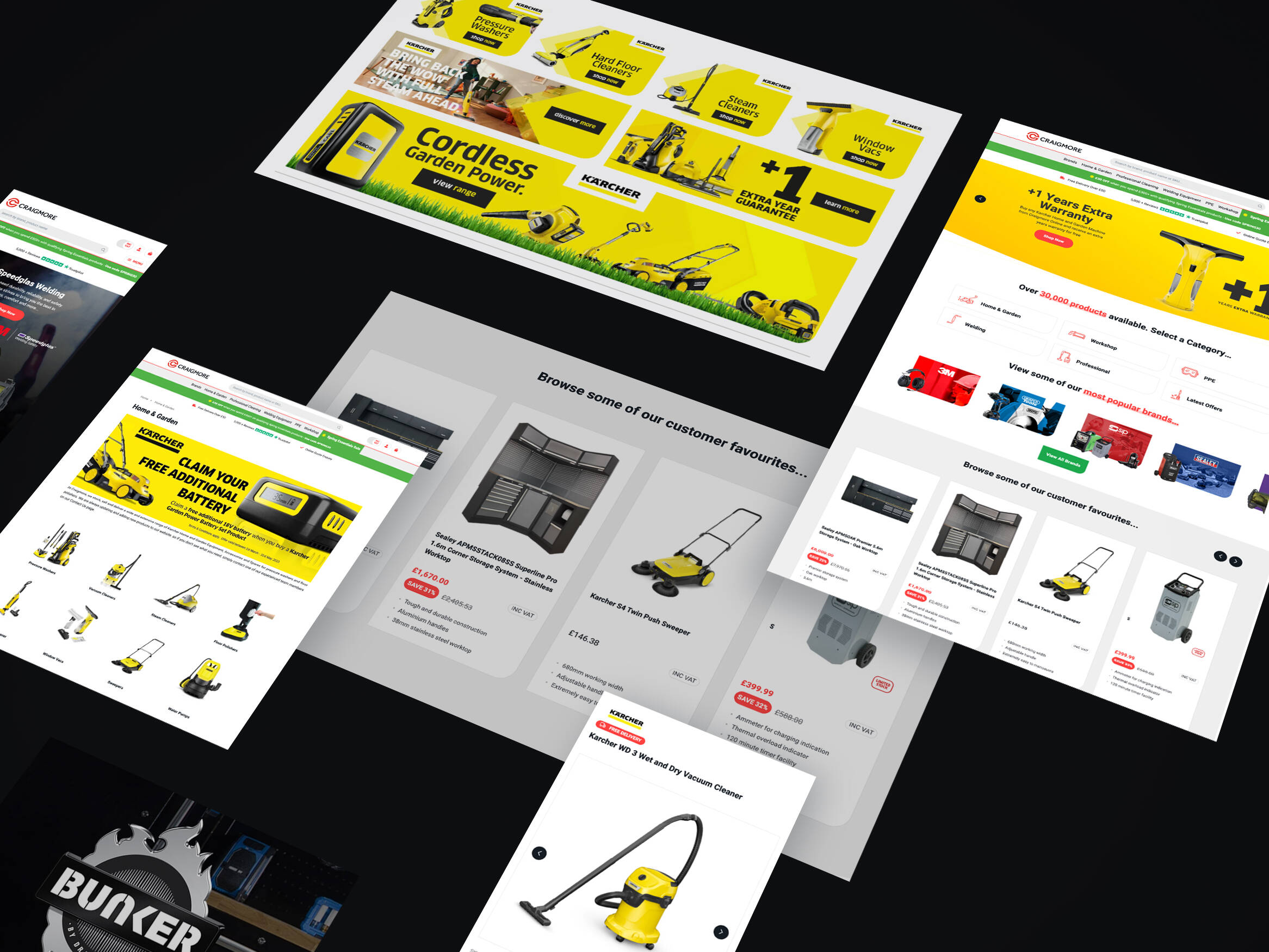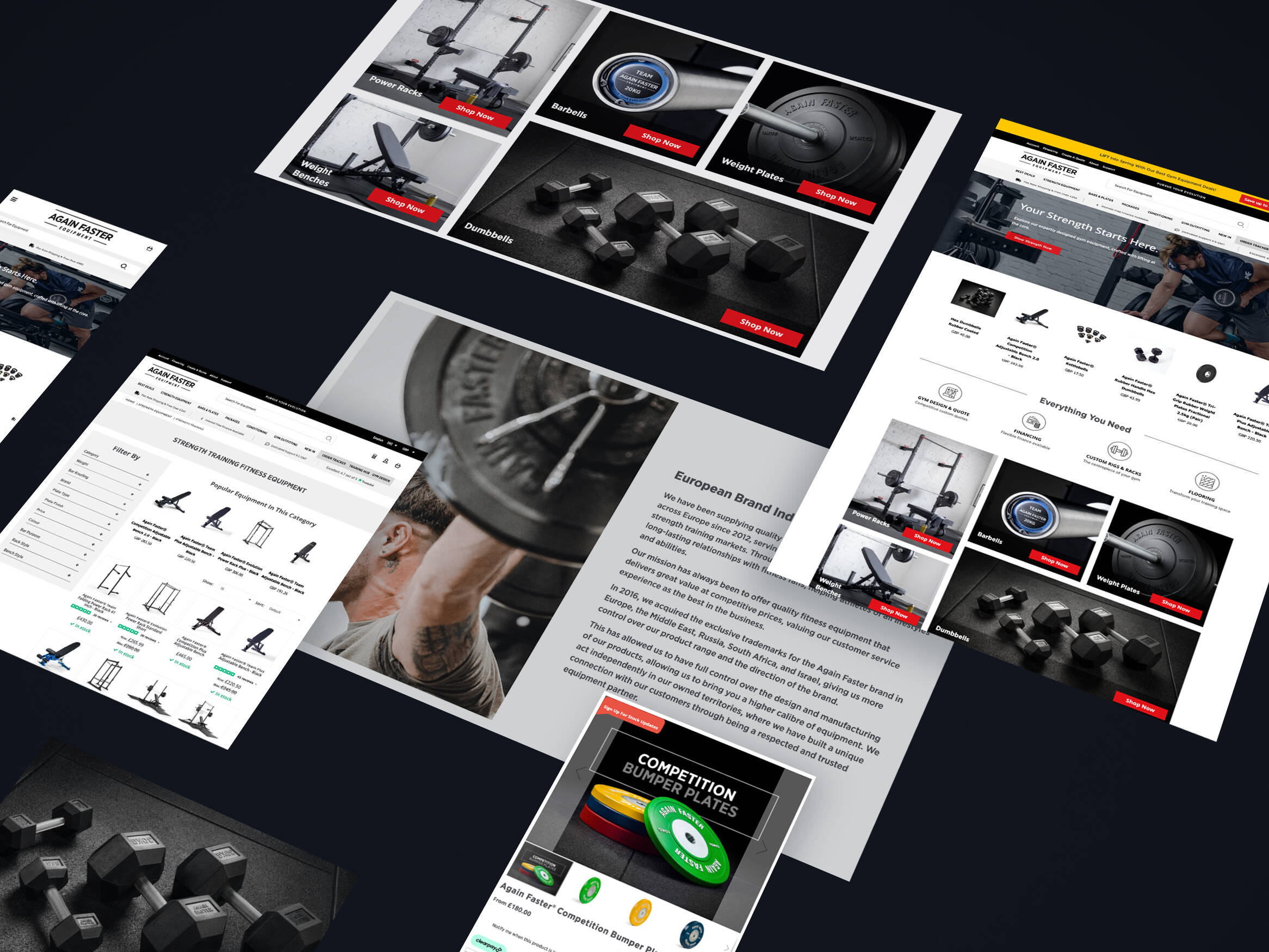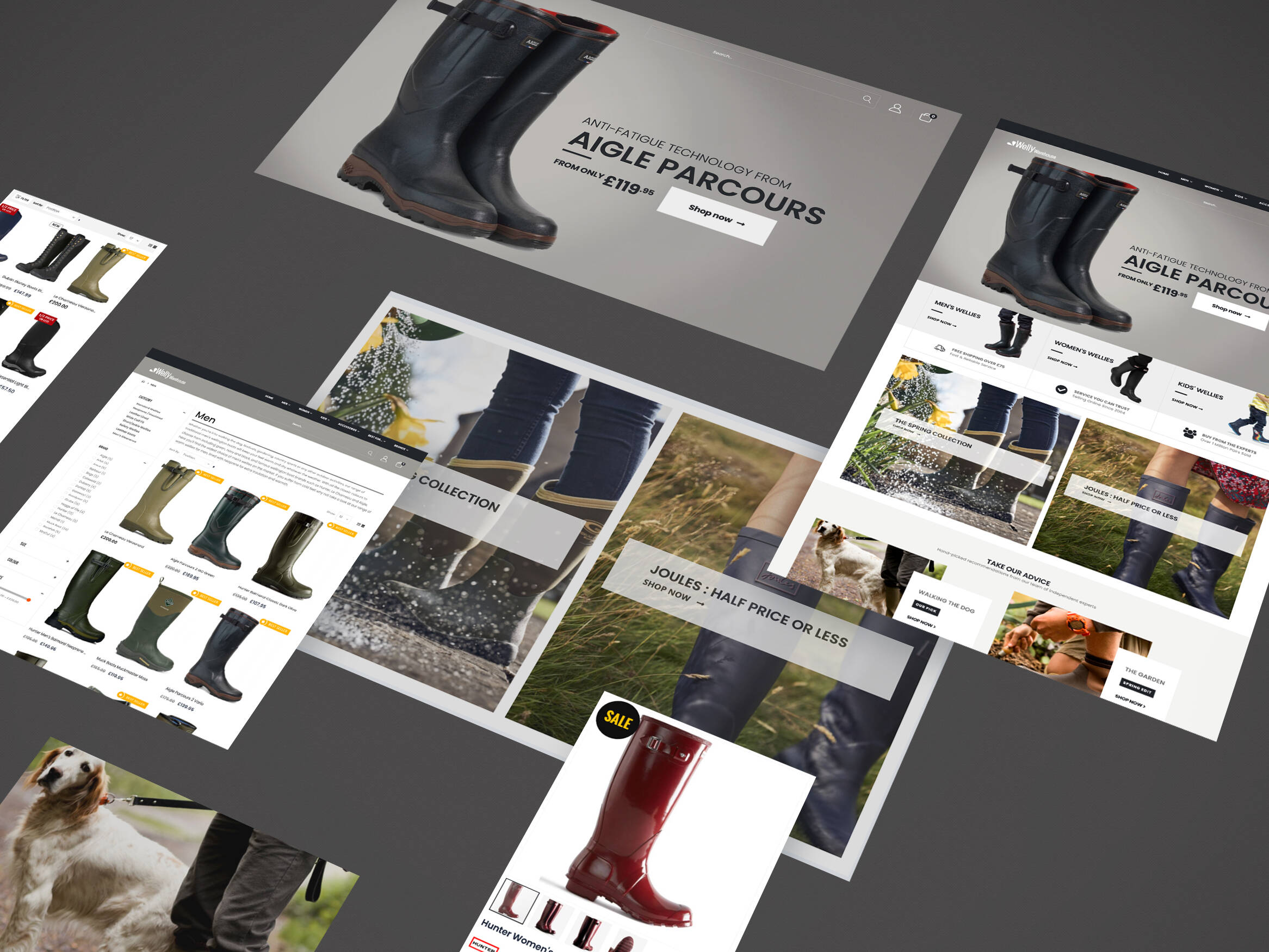Your website is one of the most important parts of your digital presence and, particularly for eCommerce sites, are the crucial communication tools from your brand to your customer. As consumer behaviour patterns change and merge more with the online world, your website becomes the central hub of information. It’s a place that consumers will continue to visit and hence needs to be optimised, accessible and easy to navigate for all.
Having already walked you through the best local SEO practices and the uses of Google My Business for local SEO, we will now take you through the process of website optimisation for local search. Let’s go!
Your Website and Ranking Factors
When we talk about website ranking, it’s important to know it makes up a relatively small part of Google’s local ranking algorithm. Although, that doesn’t mean you should abandon your website. Yep, it still matters! As you have complete control over your website, this means you have complete control over one of the ranking factors for search engines. Optimising this to its full potential will give you the best fighting chance in climbing up the ranking ladder.
Did you know? The Local Search Ranking Factors peg website influence at only around 14% for local pack results, and only 24% for local organic results.
To start your journey into website optimisation (also known as on-site optimisation or on-page optimisation), it’s best to know the criteria you are trying to tick. We have shortened it down into 4 simple steps. We will talk you through each aspect, from the basics right up til the nitty gritty.
Ultimately, improving your performance across each of these criteria will help you rank better for local searches, and attract more customers.
#1 Crawlability
As the online community is growing, so is Googe’s database of hundreds of trillions of web pages. From all of these, it’s clever algorithm uses its ranking factors to analyse each page to give you a set of relevant search results. But how does it do this?
Think of the web as a web. Literally. Google essentially sends out its number “spiders” (or robots), to visit each page, click on the links and see where they lead. This activity is known as “crawling”.
Assessing Your Crawlability
In order to optimise your crawlability, you need to know where you are going wrong. The quickest way to test if you have major hurdles with your website is to enter a simple search into Google: [site:yourdomain.com].
For example, let’s take a look at the results for client Sleepbear:

The thing that we are focusing on is the “About 59 results” text. For each domain that is searched, it shows to the user the number of pages Google returns that include this domain. The more accurate these are (i.e. if you have 100 website pages you ideally want 100 search results), the better your crawlability.
Technical Issues
Unfortunately for some, you may be facing pretty inaccurate results. Imagine your website has 5 pages but Google returns 1000 pages in the results or vice versa. That’s a pretty good indication that you have major technical issues with your site! But fear not…
Use these two helpful tools to improve your crawlability and obviously our listed top tips too!
Simplifying Site Structure
Making your site easy to crawl by search engine robots, gives each of your website pages a better chance of getting ranked higher. If your site structure is complicated and key information is hard to find, it’s likely not only your customers will find it hard, but so will Google. You could have the most relevant, best content in the world but if it cannot be identified by a search engine, you won’t rank well.
The Best Practices
First things first, as lots of website visitors are coming to your site for information, you need to clearly display your contact details. Simplifying the process of getting in touch or making a transaction, whatever page they are on, helps to improve customer experience to get you the sales.

In the above example, you can see Perch have put optimising their site structure into practice.
Top Tip: Not every website includes there contact information as detailed in their header or menu tab. Our advice to you is to make sure visitors have a dedicated contact page to navigate to. Make this easily seen (ideally in your primary menu navigation) and link the page in the homepage content too!
Page Content
After ensuring you have visible contact details or links to a contact page, (check ours out), you need to optimise your actual page content. Whilst we are here, let’s start with the contact page.
Contact Page Content
So to all those users who have made use of our Google My Business guide, great! The information you submitted to your GMB account including your address, phone number and hours, needs to replicate on your website contact page too. We also suggest you display your email address or contact form to open your reach to more customers.
Remember: Not every customer enjoys the same method of communication. Being versatile and giving them lots of options can help encourage different types of customer to get in touch with you.

Traditional businesses who offer products and services at a specified location should also include written driving directions from key population centers nearby. These work to benefit both prospective customers as well as giving Google eyes to see the markets you serve. This form of directions also makes your store more accessible for traditional-style customers who may not be familiar with using Google Maps or iOS Maps. Again, that doesn’t mean you neglect the idea of embedding Google Maps but instead embrace the two with open arms.
As technology improves and the online world becomes more competitive, it’s important to track every aspect of your website to see exactly how and why you are generating your customers. Google can track and use the clicks for driving directions via Maps, as a ranking factor for your local SEO. The more factors you utilise for your local SEO purposes, the better!
Business Collaborations and Customer Reviews
Service Area Businesses should take advantage of mentioning major surrounding towns and cities on their contact page, to widen their target audience. Not only this but collaborating with relevant companies nearby to promote case studies and testimonials of them using your product and including valuable links can better establish your brand.
As some businesses view this as a way of redirecting traffic elsewhere, if done with the right people, it can have an encouraging effect for consumers to become buyers. Don’t be afraid to be selective and turn down linking to businesses if they are relevant to your market. We will come onto how important being relevant is, to your local SEO rankings. So, for now, keep this in mind!
Top Tip: Collecting reviews and testimonials make for key points of encouragement to get customers reaching for their phone to call you. Displaying these on your contact page is great practice and gets your results!
Multiple Business Locations
For those businesses operating more than one physical location, it should be mandatory for you to create a unique contact page for each one. Although this may seem a little pointless and time consuming, it actually makes a significant impact on your rankings.
Including separate pages for each location helps your customer (and Google) to avoid conflating contact information between them. It is also hands down one of the best ways to expand your local ranking potential for multiple cities.
“If you operate a handful of locations, link to the contact page for each one from the footer of each page of your website. If you operate more than a handful, link to a store locator page from your primary navigation or other utility menu.” – Yoast
Schema Mark Up
Using Schema.org is like handing Google your business card. Businesses mark up their contact information in schema.org to help guarantee Google’s chance in crawling your contact details. It is created to make it easier for companies to structure the data they present on their websites. This knowledge can help bring your organic results to life through enhancing the visibility. By doing this, customers are enticed to click on your result which, if it doesn’t help to improve rankings, it does improve website traffic.

#2 Make Your Site Mobile-Friendly
After knowing that your site is crawled correctly by Google and you get your content and site navigation in line with their strict rules, you can move onto the next important aspect: mobile optimisation.
Did You Know? 70% of all local searches are projected to come from mobile devices within the next two years.
It’s clear from multiple statistics that businesses who fail to prepare their websites for mobile devices are going to suffer. Customer conversions will decrease, not to mention rankings will drop making business survival tough. Although some customers can be forgiving with brands who don’t yet supply a mobile optimised site, patience is wearing thin.
It’s time to take action. Not only will your lack of mobility deter potential buyers, it’s evident mobility will be a significant ranking factor in the coming years. Jump on the mobile band wagon and follow out tips to creating your future mobile friendly site, today!
Testing Your Mobility
Firstly you will need to test how mobile-friendly your website is, in order to make improvements. Using the Google test tool you get to see just how friendly it is, any major suboptimal features and the actual appearance of the site for mobile users.

Improving Mobile User Experience
Knowing which elements of your site are in need of mobile optimisation, gives you pearls of wisdom into fully optimising your website for local search. Using the mobile friendly test tool can help to identify problem areas to enhance. In spite of that, it is good practice to attempt all of the aspects in the Google detailed guide.
Some of the most common site mobility improvements are:
- Ensure your website can easily be descaled without ruining the look or feel of your site. A mobile optimised site should automatically adjust to the screen size of the mobile device. This screen size or “viewport” is of a considerably smaller width. As a result, your page content will want to be optimised to fit these different mobile dimensions.
- Page content such as text and images should also automatically resize to make sure customer experience is at the forefront of design. Users should not have to pinch-and-scroll to view your content on a mobile optimised site.
- Call to actions and other buttons need to be large enough for people to click with their fingers and thumbs. The spacing between these buttons should also be a considerable amount. This is to help ensure customers click on the correct element and aren’t redirected to the wrong page.
Making these adjustments is great practice for what’s known as “responsive behaviour”. For websites built on the WordPress platform, having a mobile optimised theme is essential. Don’t be an outdated brand.
Did You Know? 57% of users say they won’t recommend a business with a poorly designed mobile site.
Speed Up Your Site
As people get less patient and turn to their smartphones and tablets for on-the-go, quick answers to search queries, don’t let your site be the thing that slows them down. Improving your website speed is one of the greatest improvements you can make. We’ve all been there. Getting frustrated by sites that load slowly or won’t load at all, particularly those people on slower data connections.
Benefits of a Speedy Site:
- Helps to build positive digital engagement
- Load time and engagement with content can boost rankings
- Customers are more likely to spend longer on the website decreasing bounce rate
- Users are more likely to make a sale
Google also supplies a free speed testing tool for your website. It ranks your site from “Poor” to “Needs Work” to “Good” based on a score out of 100. The tool also offers possible optimisation tips for both mobile and desktop.
Example 1:

Please Note: It is rare to see sites score above 75-80 out of 100. However, using the ‘Possible Optimisations’ section from this tool is a great way to get you on the road to a better score and better rankings. The below example shows that it is possible!
Example 2:

#3 Be Relevant!
It’s great that you have made you have improved your site’s crawlability and then made it mobile friendly, but if you aren’t being relevant to your brand and customers, your rankings will remain the same (or plummet!)
This section of the guide ditches the technical aspects and gets your website ranking from a content perspective. The ultimate goal of your website is to communicate a strong message to both Google and your users about the products and services you offer and where to get their hands on them.
Focus On Specific Keywords
Giving your content a focus through the use of keywords and phrases helps you to be relevant and rank for the terms your potential customers are searching for. When carrying out your keyword research we advise you target the more generic, layperson’s terminology rather than industry jargon. It’s likely your customers aren’t industry experts and hence won’t know the specific technical terms for your goods. A great example is within the medical field. Good keyword words to rank for would be “ear, nose, and throat doctor” instead of “Otolaryngologist”.
Keyword Research: Where to Start?
As stated by David Mihm who write for Yoast, “it’s easy to go down a rabbit hole” when keyword researching. Here are a few good places to begin:
- Pay attention to the language terms that customers use in their phone calls, emails, and contact forms.
- Use keyword tools such as Google Keyword Planner and Moz Keyword Explorer to find suggested keyword terms and search volume data.
- Note the category terms that Google My Business returns when you type relate keywords (for your GMB profile).
- Look at trending hashtags in your industry or markets to see what people are talking about/searching for
- Perform a Google search and check out the related search terms listed above and below the search results for inspiration.

Whilst performing the above, it’s best to build a master list of these terms and phrases. It’s imperative that you perform the same exercise for every page on your website so that each has the best fighting chance of ranking highly for that particular term.

Top Tip: Include your city, state or metropolitan area as a part of these keyphrases. Google has gotten better at detecting the area that a local business website serves – particularly for those that serve schema.org. – but applying these geograhpic keywords within your website still helps.
Know Where To Place Them
Placing your keywords can make or break optimisation of page content. Having a great list of keywords is no use if you don’t have a clue where to place them. Luckily for you, we’re here to tell you just where they should go! And, that’s straight into the Title Tags (also known as your meta data).
Title Tags
Okay, so we aren’t suggesting you stuff your terms into your Title Tags. Or add your location details willy-nilly into them either. But they are far-and-away the most important place to put your keywords. So, what are Title Tags?
In the below example, the Title Tag or Meta Title is the larger, blue text:

These give customers an introduction into what your page is about. If they have searched for a keyphrase that is shown in your Meta Title, they are likely to click on your page. You are showing you have the answers to their search query, which is pretty ideal for both customers and your Google rankings!
However, although your optimised Title Tag displays the relevant search term, you need to make it enticing too. This is the first impressions customers get from you. If you have an engaging title you are likely to persuade them to click on your page. Great!
Remember: Title Tags should be between 50-60 for the best results. If customers cannot read your full title as it is shortened by ‘…’ they may not be as willing to click on your page. That’s because they won’t necessarily see the key information that could be the thing to trigger the click.
Meta Descriptions
We recommend that you don’t stop there with your Title Tags. Go further and optimise your meta descriptions, page titles and post titles too. Having keywords and your location added to relevant copy throughout the elements of each page will also contribute to better rankings.
The meta description is underneath the URL in the black writing. This contains the focused key phrase ‘Magento eCommerce Agency’.

Page Titles
The page title is located at the top of the page, usually in larger, bolder text. In this example, the title is “Why iWeb?” including the keyword ‘iWeb’.

Post Titles
The post title is located the to top of the page and is a specific title for articles, blog entries and so on. These are posts instead of pages and hence have a different title name. The keyword for this post title was ‘official Magento partnership’.

Anchor Text
Finally, it is also useful to place your targeted keywords in your anchor text. This is the text within the links in your content and on your page. For example instead of simply saying “click here”, it may be best to state “click here to contact our insurance agency”. This will help Google to gain more context about what services you offer and what your contact page is relevant for.
#4 The Future of Website Optimisation
As stated in the previous local SEO guides, we are merging into a world of more place-based results and fewer website based results. Move over desktop, mobile and voice are about to take over. And with that, Google is making changes.
Voice Searches
In order to give a customer a quick voice response for a search result done on mobile or tablet, it needs to extract as much information as it can. It does this by obtaining data from your website to place it front-and-center in the Knowledge Panel that is constructed using Google My Business. (That’s why creating a Google My Business profile is vital!)
The Knowledge Panel is evolving to form the basis for voice responses from Google Home and other personal assistants. So, not only do you need a GMB account, but you need to ensure that your crawlability is fully optimised. Google can’t give visitors a strong sense of what you do and where you do it and present it in a structured format if you have lots of crawl issues.

Time to Recap
Is it that time already? Well, let’s recap all of the useful tips riddled within this guide.
- Ensure your website is crawlable (use the [site:yourdomain.co.uk] search and make notes)
- Use the Google Mobile Friendly and Website Speed tools to test how mobile optimised your site really is
- Make it easy for website users to contact you (reorganise your contact details and create a contact page)
- Build a unique page for each location that you operate
- Mark up each location information in Schema.org or similar sites to help better show search engines your business details
- Carry out keyword research to get targeted keywords for each page on your website
- Place your keywords and phrases in the meta data, page and post titles and anchor text on your site
- Continue to monitor your Knowledge Panel for additional structured information sought by Google
- (And last but not least, if you haven’t already) create a Google My Business listing
Want to Continue Learning?
Check out our latest blog posts full of important information to turn you into an SEO guru, email marketing whizz or just to stay on top of the latest eCommerce and digital marketing trends.
Get in touch
We know commerce, let us help you improve customer experience, increase conversion rates, and make that digital change.
- hello@iweb.co.uk


